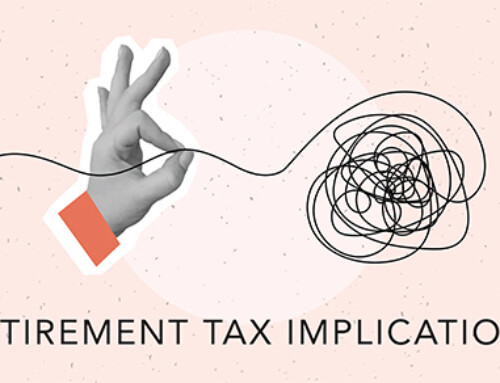Courtesy of IRS.gov
Every year the Internal Revenue Service sends millions of letters and notices to taxpayers, but that doesn’t mean you need to worry. Here are eight things every taxpayer should know about IRS notices – just in case one shows up in your mailbox.
- Don’t panic. Many of these letters can be dealt with simply and painlessly.
- There are number of reasons the IRS sends notices to taxpayers. The notice may request payment of taxes, notify you of a change to your account or request additional information. The notice you receive normally covers a very specific issue about your account or tax return.
- Each letter and notice offers specific instructions on what you need to do to satisfy the inquiry.
- If you receive a correction notice, you should review the correspondence and compare it with the information on your return.
- If you agree with the correction to your account, usually no reply is necessary unless a payment is due.
- If you do not agree with the correction the IRS made, it is important that you respond as requested. Write to explain why you disagree. Include any documents and information you wish the IRS to consider, along with the bottom tear-off portion of the notice. Mail the information to the IRS address shown in the lower left part of the notice. Allow at least 30 days for a response.
- Most correspondence can be handled without calling or visiting an IRS office. However, if you have questions, call the telephone number in the upper right corner of the notice. Have a copy of your tax return and the correspondence available when you call.
- It’s important that you keep copies of any correspondence with your records.





